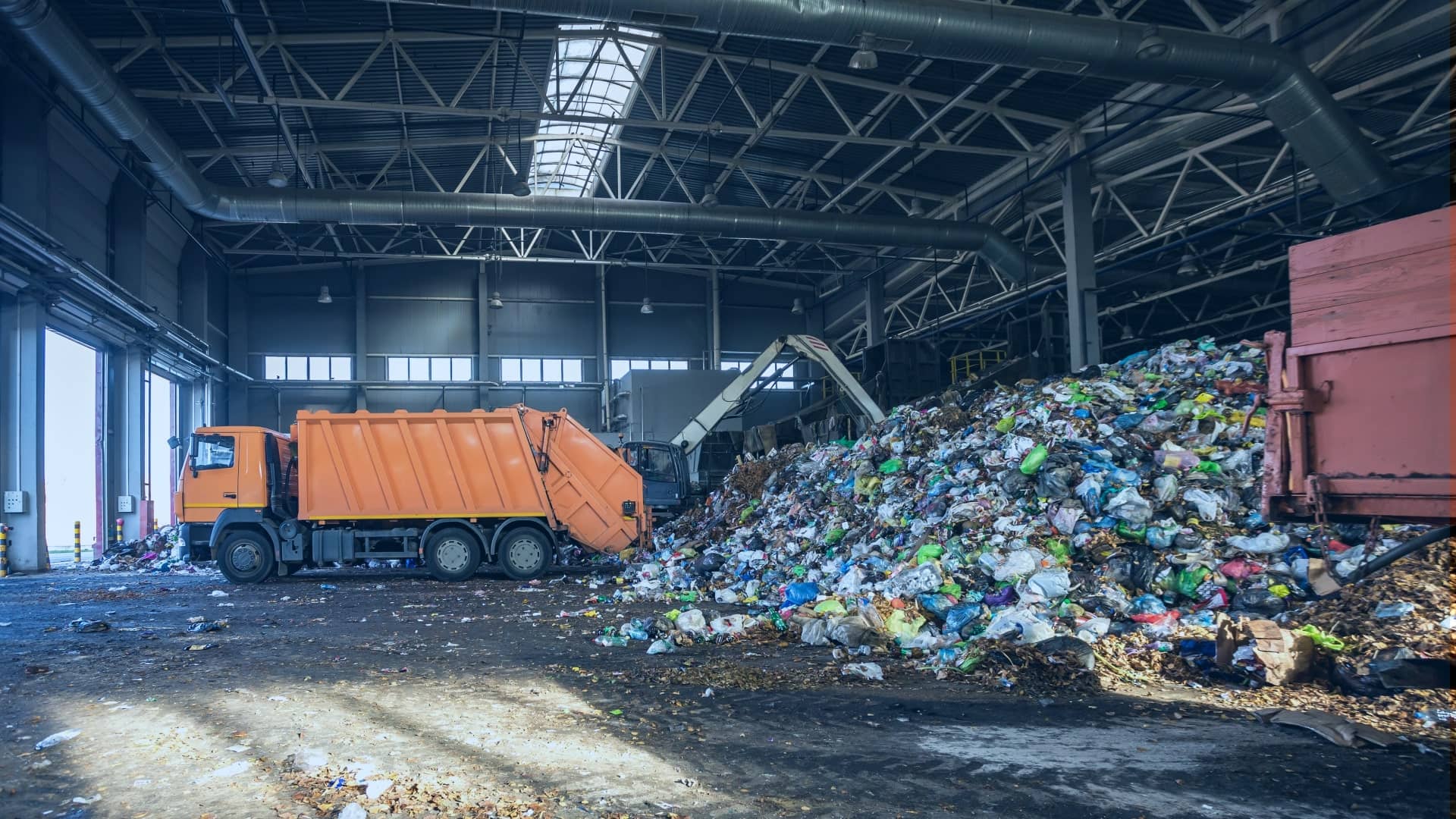Get This Report about Reclaim Waste
Get This Report about Reclaim Waste
Blog Article
Examine This Report about Reclaim Waste
Table of ContentsNot known Facts About Reclaim WasteReclaim Waste for BeginnersReclaim Waste Things To Know Before You BuyNot known Factual Statements About Reclaim Waste Rumored Buzz on Reclaim Waste
Domestic sewer waste refers to the waste and products from a residential septic storage tank. The appropriate management and disposal of residential sewer waste need fluid waste to be transferred to a sewage therapy plant where the correct techniques and devices are applied to cleanse and dispose of waste.
Industrial waste often consists of potential hazards, such as combustible materials or a mixture of fluid and strong waste items, and needs a much more innovative and detailed disposal procedure. The disposal of business waste typically entails the filtering of waste before transportation to make sure risk-free and proper disposal. Industrial waste is produced from byproducts and runoff of commercial procedures and production.
This sort of waste can not use the very same sewer monitoring transport or processes as septic or business liquids. The hazardous waste administration procedure requires the evaluation and screening of fluid waste before it goes through the disposal procedure (liquid waste removal). Runoff waste is the fluid waste that originates from runoff and excess stormwater in highly inhabited areas or cities
Runoff waste can cause contamination and flooding if not handled correctly. Discover extra concerning sewer cleansing and waste monitoring. Guaranteeing correct waste management can prevent calamities and reduce environmental injury. Both people in property setups and professionals in commercial or production sectors can profit from comprehending the procedures and guidelines of fluid waste administration.
Reclaim Waste - Questions
Call PROS Services today to find out about our waste administration and disposal solutions and the correct ways to look after the liquid waste you produce.
(http://peterjackson.mee.nu/do_you_ever_have_a_dream#c2256)Do you recognize what takes place to your water when you pull the plug, flush the bathroom or drain pipes the washing equipment? No? Well, it deserves understanding. This so-called 'wastewater' is not only a vital source but, after treatment, will certainly be released to our land, rivers or the sea. Used water from commodes, showers, baths, cooking area sinks, washings and industrial procedures is understood as wastewater.

water utilized to cool equipment or tidy plant and devices). Stormwater, a form of wastewater, is overflow that flows from farming and urban areas such as roof coverings, parks, yards, roads, courses and seamless gutters right into stormwater drains pipes, after rainfall. Stormwater streams untreated straight to neighborhood creeks or rivers, eventually getting to the ocean.
Get This Report about Reclaim Waste
In Queensland, many wastewater is dealt with at sewage treatment plants. Wastewater is delivered from domestic or industrial websites through a system of sewers and pump terminals, understood as sewage reticulation, to a sewage treatment plant.
The Division of Natural Resources advises neighborhood governments concerning handling, operating and preserving sewage systems and therapy plants. In unsewered locations, city governments may call for householders to mount private or home sewer treatment systems to treat residential wastewater from toilets, cooking areas, bathrooms and laundries. The Department of Natural Resources authorises using house systems when they are proven to be effective.
In some brand-new neighborhoods, therapy of some stormwater to eliminate clutter, sand and crushed rock has begun utilizing gross toxin traps. Wastewater therapy happens in 4 phases: Removes strong matter.
Wastewater then streams right into big storage tanks where solids resolve and are eliminated as sludge. Oil and scum are skimmed from the surface. Makes use of tiny living microorganisms called micro-organisms to break down and remove continuing to be dissolved wastes and fine particles. Micro-organisms and wastes are incorporated in the sludge. Gets rid of nitrogen and phosphorus nutrients that might trigger algal blooms in our waterways and intimidate marine life.
Indicators on Reclaim Waste You Should Know
Nutrient elimination is not readily available whatsoever sewage treatment plants since it calls for pricey specialized tools. It is becoming much more typical in Queensland. Clear fluid effluent generated after therapy may still have disease-causing micro-organisms. If this effluent is released into waterways such as rivers or the sea, the micro-organisms will at some point pass away out.

Most wastewater streams into the sewerage system. Under the Act, local federal governments administer authorizations and permits for eco relevant tasks (Ages) entailing wastewater launches that might have a regional effect.
Facts About Reclaim Waste Uncovered
Surveillance supplies accurate details regarding water quality and can validate that permit conditions are being fulfilled. The details gotten via monitoring provides the basis for making water quality decisions.
Report this page